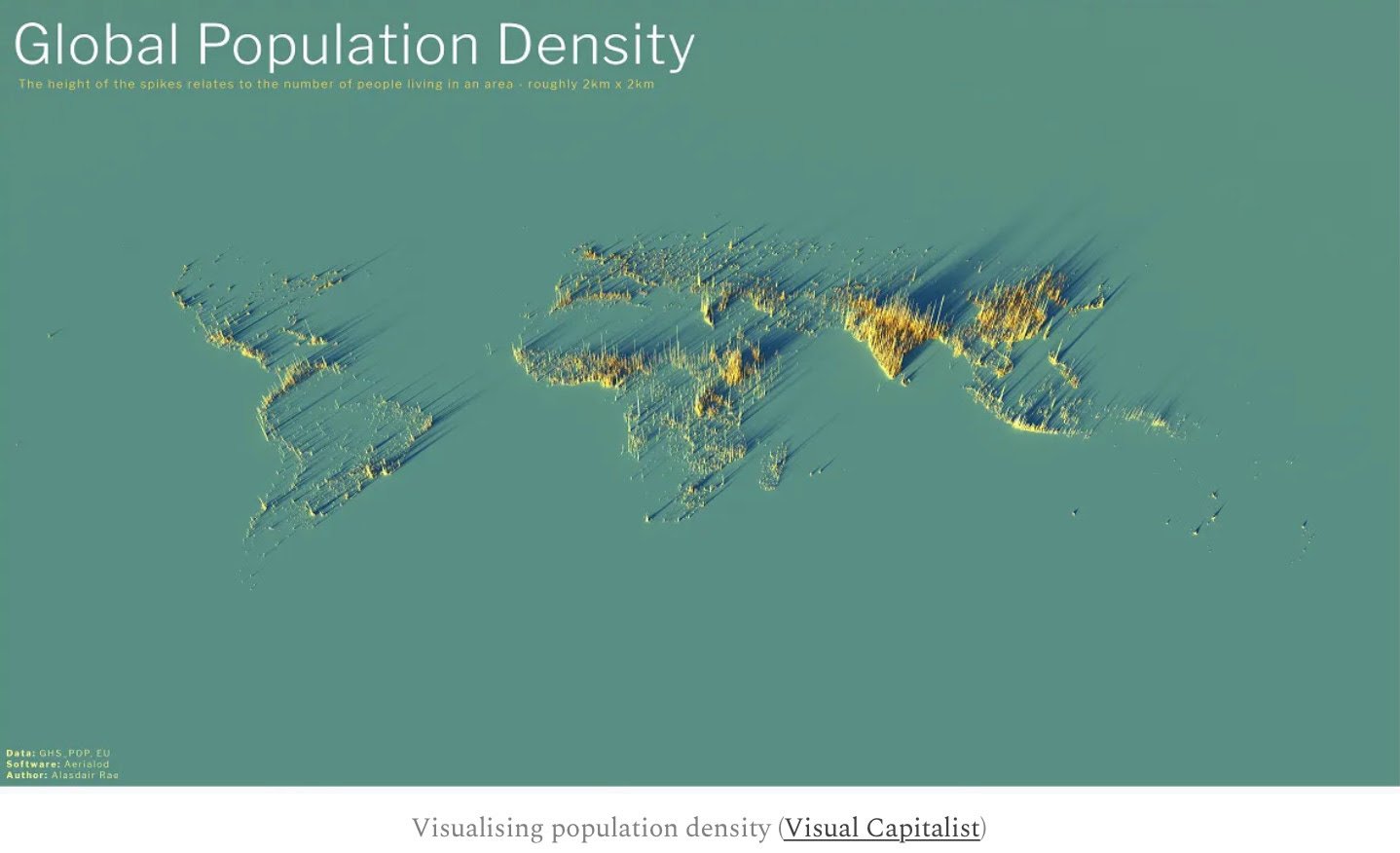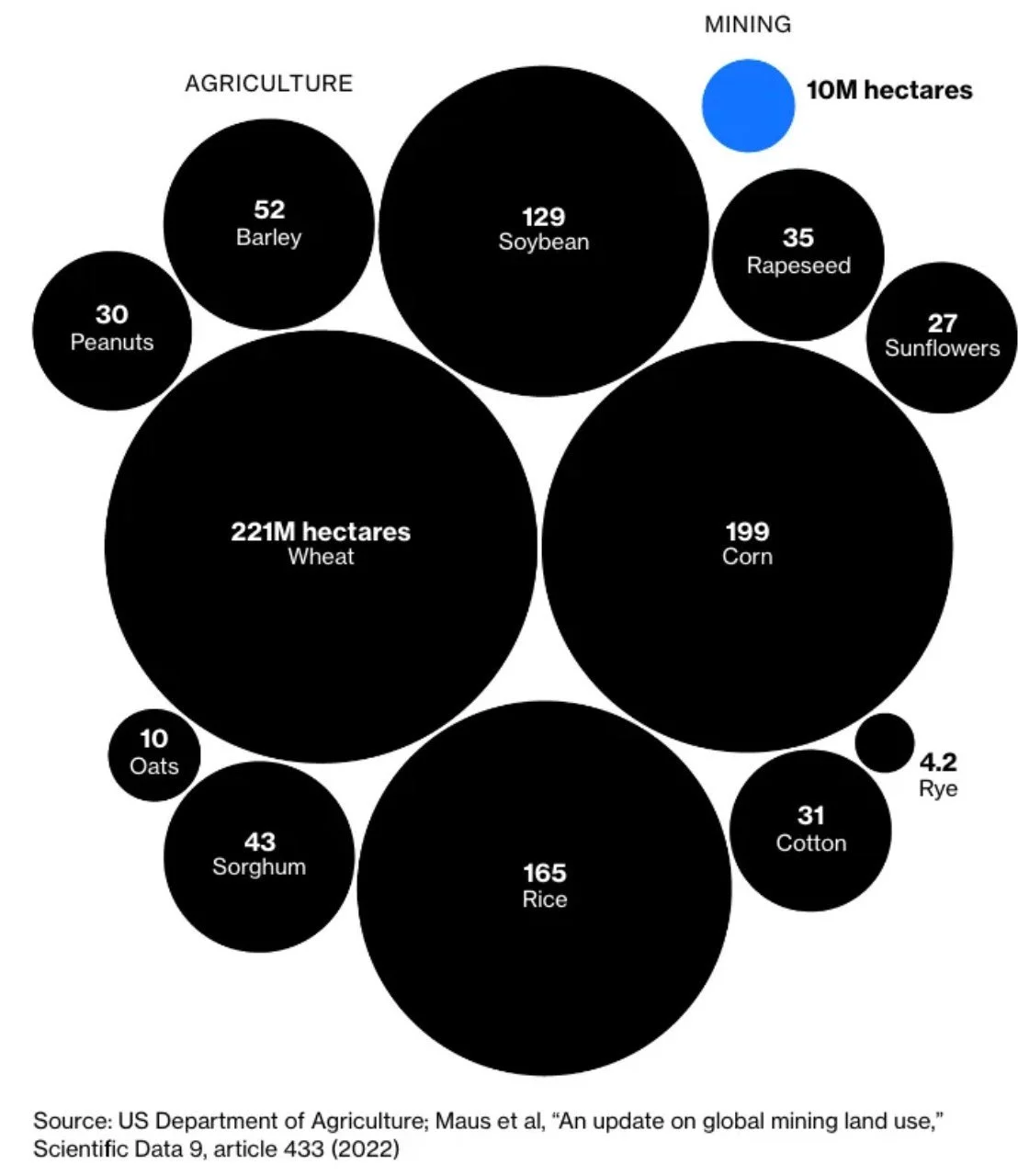Why the Number 0 was Banned for 1500 years—Up and Atom →
h/t Joseph Kimball
A Partisan Nonpartisan Blog: Cutting Through Confusion Since 2012
h/t Joseph Kimball
For more on these topics, see my bibliographic post “Miles Kimball on Diet and Health: A Reader's Guide.”
https://twitter.com/mileskimball/status/1602332992231378945
"Brad DeLong has an encyclopedic command of modern economic history, and an inimitable writing style — it was his blog, back in the mid-2000s, that first inspired me to want to become an econ blogger myself."
— Miles Kimball (@mileskimball) December 12, 2022
Blog envy when Brad visited U of MI was a key inspiration for me, too
"Mark Koyama & Jared Rubin’s How the World Became Rich, Gregory Clark’s A Farewell to Alms, Joel Mokyr’s A Culture of Growth, Robert Allen’s The British Industrial Revolution in Global Perspective, & Robert Gordon’s The Rise and Fall of American Growth"https://t.co/FdXHnY67o0
— Miles Kimball (@mileskimball) December 12, 2022
"thanks to rapidly accelerating growth, humanity was rapidly confronted with newfound wealth beyond their previous imaginings, new possibilities for social organization, new problems, new opportunities, and new distributions of economic power."https://t.co/FdXHnY67o0
— Miles Kimball (@mileskimball) December 12, 2022
"Hayekian free markets create growth, but people want more — they want their Polanyian social protections. So they create systems like communism, fascism, or liberal democracy, designed to temper the market’s natural inequality and bring about a better society."
— Miles Kimball (@mileskimball) December 12, 2022
"DeLong’s vision of history is also a powerfully optimistic one. For many, it’s hard to look at the horrors of the 20th century — the concentration camps, the bombed-out cities, the despoiled landscapes — and not see a narrative of the Fall of Man."https://t.co/FdXHnY67o0
— Miles Kimball (@mileskimball) December 12, 2022
Dall-E https://t.co/Q5eij9zgGO AI stained-glass window of "Rough Beasts Slouching Towards an Industrial Utopia. pic.twitter.com/kPzqMsSN5a
— Miles Kimball (@mileskimball) December 12, 2022

h/t Brad DeLong
One idea I had was to have students write down the instructions they gave to ChatGPT, then the ChatGPT output and then critique the ChatGPT output. This raises the question: Can ChatGPT “critique” its own output as a second round thing?

Hat tip to Brad DeLong for this graphic
Grain is a huge fraction of US agriculture by land area. In general, grain has quite a high insulin index and so tends to lead to obesity in those who are genetically vulnerable—which is most people. See “Obesity Is Always and Everywhere an Insulin Phenomenon” and “Forget Calorie Counting; It's the Insulin Index, Stupid.” Oil is another big use for agricultural land.
Notes:
Oats have one of the lower insulin indexes among grains.
Among oils, sunflower oil, canola oil (=rapeseed oil) and peanut oil have a higher ratio of monounsaturated to polyunsaturated fat than soybean oil or corn oil. (See the table here.) There is a greater consensus for monounsaturated fat being healthy than for polyunsaturated fat being healthy.
See more links on diet and health in “Miles Kimball on Diet and Health: A Reader's Guide.”
As a tenured professor only 10 years away from retirement, I am not worried about my own job. What I liked about this article was being pointed to DALL-E-2 and Consensus. I tried them out. They seem useful.
https://twitter.com/mileskimball/status/1597969384982515712
"Any aversion to interpersonal comparisons of utility turns out, in practice, to be a claim that maybe it does not matter if they are poor because they would not appreciate the finer things. It is obvious how to judge any such claims." —Brad DeLong (@delong)
— Miles Kimball (@mileskimball) November 30, 2022
The link between "individual welfare" and "utility" is the desideratum that individual welfare respect preferences. That property requires an individual welfare function to be one of the utility functions that can represent the individual's preferences. But choose carefully.
— Miles Kimball (@mileskimball) November 30, 2022
My coauthors and I argue that an appropriate parameter value for the curvature for an inequality aversion utility function based on the views of a representative sample of Americans is 2.5. Within the bounds of actual current policy debate (Overton Window), might as well be Rawls
— Miles Kimball (@mileskimball) November 30, 2022
In “Why Housing is So Expensive” I write:
There are two big reasons why housing is so expensive. The first is the obstacles put in the way of building new housing in many of the most desirable cities to live in. …
… [second] there has been no real improvement in productivity in construction in the last 50 years.
The book Building an Affordable House, by Fernando Pages Ruiz, and its review by Brian Potter in his blog Construction Physics, gives a sense of what the possibility frontier is for low construction and how far typical construction is from that possibility frontier.
Note: semaglutide will go off-patent in 2032, so these drugs won’t always be super-expensive.